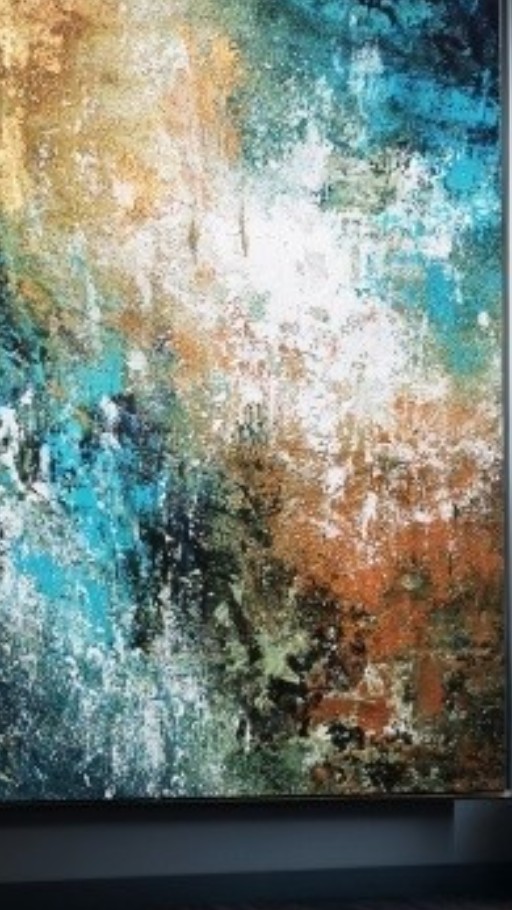
The Evolving Language of Abstraction: A Contemporary Exploration
In the tapestry of art history, abstract painting stands out as a revolutionary departure from the literal and the representational. Today, as we navigate the complexities of the contemporary art scene, abstract painting continues to redefine itself, breaking new ground and challenging both artists and viewers to engage with the limitless possibilities of the abstract. A Fluid Identity: Unlike its early 20th-century origins, abstract art in the contemporary landscape defies easy categorization. Artists draw inspiration from a myriad of influences, blending traditional techniques with modern technologies. The lines between abstract expressionism, minimalism, and conceptual art blur, giving rise to hybrid forms that reflect the fluid and eclectic nature of today's artistic discourse. Technological Innovations in Abstraction: In the digital age, technology has become a collaborator in the abstract artist's studio. Digital tools open up avenues for experimentation and innovation, enabling artists to manipulate shapes, colors, and textures with unprecedented precision. The intersection of code and canvas results in mesmerizing works that challenge our perceptions of what is achievable in the realm of abstraction. From algorithmic art to virtual reality experiences, technology becomes a dynamic brush in the hands of contemporary abstract artists. Activism and Social Commentary: Abstract art, once considered apolitical, is now a powerful tool for social commentary. Contemporary abstract artists often infuse their work with political and social narratives, inviting viewers to explore issues such as identity, inequality, and environmental concerns. Through abstraction, artists convey complex ideas and emotions, encouraging a deeper engagement with the pressing challenges of our time. The abstract canvas becomes a space for dialogue, provoking thought and reflection. Global Perspectives and Cultural Fusion: As the art world becomes more interconnected, contemporary abstract artists draw inspiration from diverse cultural traditions. The fusion of styles, symbols, and motifs from different corners of the world creates a rich tapestry of global abstraction. This cross-cultural dialogue not only enriches the visual language of abstract art but also fosters a deeper understanding of the interconnectedness of human experience. Interactive Installations and Immersive Experiences: Contemporary abstract artists extend their reach beyond traditional canvases, creating immersive installations that invite viewers to step into the artwork. From large-scale sculptures to interactive digital installations, the boundaries between the art and the observer blur. This shift towards experiential art transforms the viewer from a passive observer into an active participant, fostering a more profound and personal connection with the abstract narrative. Conclusion: In the contemporary art landscape, abstract painting is a dynamic force that continues to evolve, adapting to the ever-changing currents of culture, technology, and societal shifts. As artists explore new techniques, merge diverse influences, and engage with pressing global issues, abstract art remains a vibrant and relevant form of expression. The abstract canvas, whether physical or digital, serves as a space for exploration, dialogue, and the continuous reinvention of an age-old language that speaks to the complexity of the human experience in the 21st century. For those looking to adorn their home walls with abstract beauty, consider exploring the unique pieces available on the Kriva Art House website.

